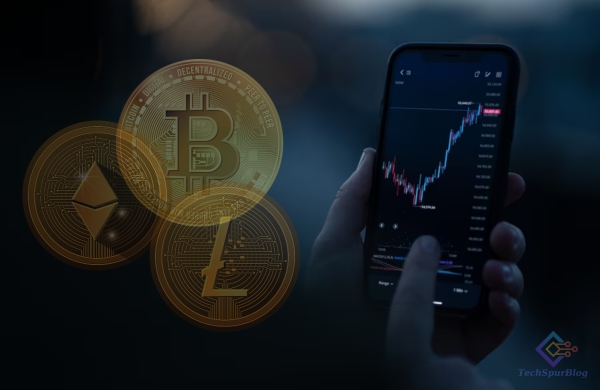
In the world of cryptocurrencies and NFTs, the saying “fake it till you make it” takes on a whole new meaning through a cunning practice known as wash trading. This deceptive tactic is designed to create the illusion of demand, making an asset appear more desirable than it truly is. While wash trading is considered illegal in traditional finance, the crypto industry currently lacks the same regulatory safeguards, leaving investors vulnerable to its manipulative effects.
What Is Wash Trading?
At its core, wash trading is akin to a party host who hires fake guests to make their gathering seem more popular, ultimately attracting genuine attendees. In this context, it involves an investor or firm simultaneously buying and selling an asset, resulting in the asset moving between accounts with common ownership. Despite multiple transactions occurring in a short timeframe, the bad actor’s position remains unchanged.
You might wonder, why engage in such activities if the asset doesn’t change hands? One primary motivation is to influence market prices by creating the illusion of heightened popularity, thereby inflating prices.
This tactic is often employed by crypto projects, particularly new ones striving to establish themselves in the market and attract new investors. Additionally, some exchanges resort to wash trading to boost their trading volumes, recognizing that many investors select exchanges based on trading volume metrics.
Also Read: NFTs (Non-Fungible Tokens): Unlocking the Digital Renaissance
Wash Trading in the NFT Industry
Just as with traditional cryptocurrencies, wash trading has made its presence felt in the burgeoning NFT (Non-Fungible Token) sector. In this context, a trader might sell an NFT worth 1ETH to themselves for 10ETH by transferring it to another crypto wallet they own. This manipulative act publicly lists the NFT’s value as 10ETH on the blockchain, despite its true worth being significantly lower.
NFT traders may have various motivations for engaging in wash trading. Some crypto marketplaces incentivize users with rewards for buying and selling NFTs on their platform. While this can attract new users and increase trading volume, it also fosters a detrimental practice where users repeatedly transfer the same NFT between their wallets to claim rewards.
The Impact and Risks
Reports of large-volume wash trading incidents have surfaced across the crypto ecosystem. Typically, the intent behind this practice is malicious, aiming to manipulate market prices to the advantage of the wash trader. However, due to the complex and evolving regulatory landscape for cryptocurrencies, investors need to exercise caution and conduct thorough research.
Before making any purchases in the crypto or NFT markets, it’s imperative to delve into the trading history and activity of the assets involved. Scrutinize the market closely and be aware of unusual patterns that may indicate wash trading. Due diligence is your best defense against falling victim to these deceptive practices.
Also Read: Understanding Node, Client, RPC, State & Virtual Machine in Crypto
Conclusion
Wash trading remains a concerning issue within the crypto and NFT markets, with potential repercussions for investors and market integrity. Until comprehensive regulatory measures are in place to combat such practices, the responsibility lies with individual investors to navigate this complex landscape wisely and safeguard their investments.

Leave a Reply